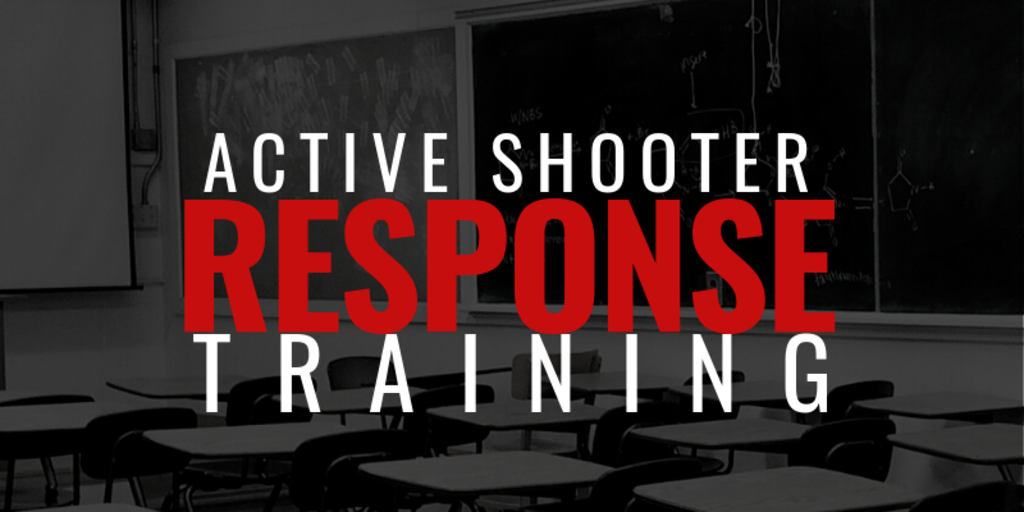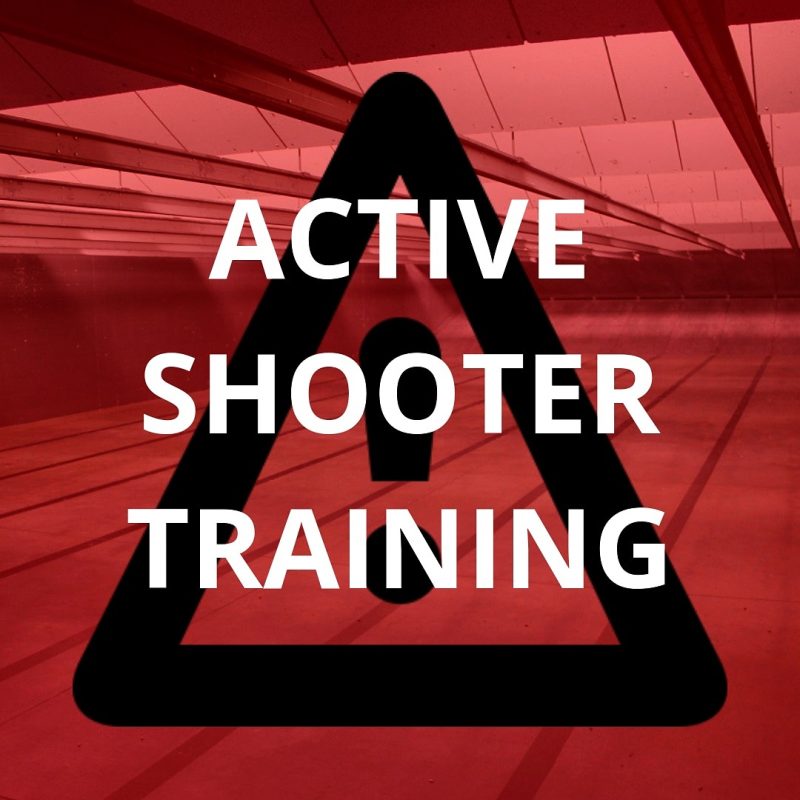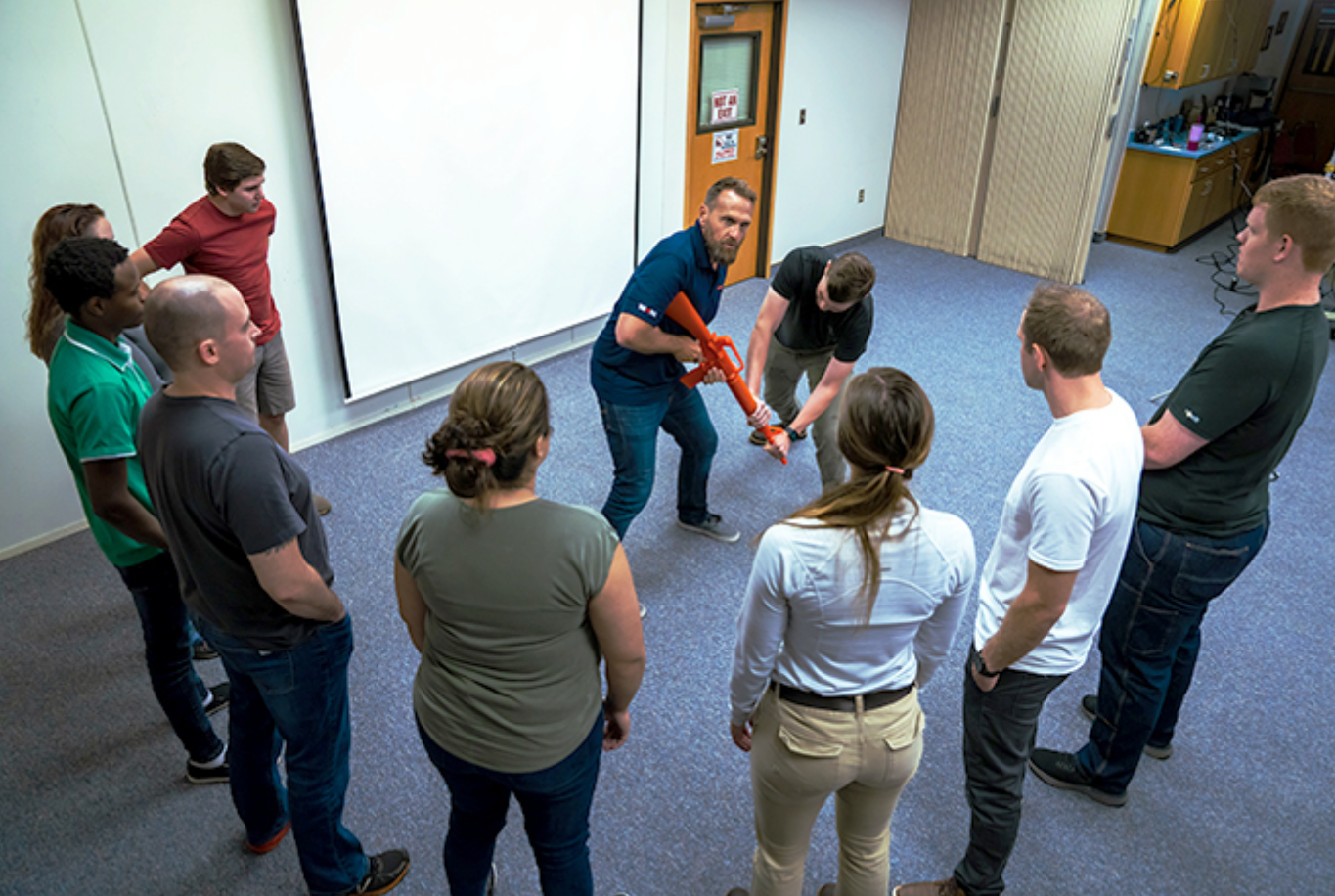Ensuring Public Safety with Advanced Active Shooter Training Methods
Ensuring Public Safety with Advanced Active Shooter Training Methods
Blog Article
Executing Active Shooter Training: Ideal Practices for Creating a Safe and Prepared Community Atmosphere
As areas confront the disturbing truth of energetic shooter incidents, the implementation of detailed training programs comes to be crucial. An effective strategy depends upon not only the advancement of customized educational programs that resolve local dangers yet additionally the participation of varied stakeholders. By employing a range of training techniques, neighborhoods can make certain that all participants are equipped with important abilities. The challenge exists in preserving a flexible framework that progresses with arising threats. What are the essential elements that can transform a typical training program into a robust model for area strength?

Recognizing the Requirement for Training
In a period marked by increasing cases of violence in public spaces, recognizing the need for energetic shooter training has actually never ever been much more critical. The frequency of mass shootings across numerous environmentsâEUR" such as schools, offices, and shopping centersâEUR" highlights the necessity for individuals and companies to be planned for such emergencies. Energetic shooter scenarios can unravel rapidly, leaving little time for individuals to respond efficiently. Extensive training campaigns can equip participants with the expertise and abilities to respond emphatically.
Training cultivates a feeling of empowerment and preparedness, enabling individuals to really feel more secure in their environments. The advantages of active shooter training extend past instant reaction; they consist of boosting communication protocols and boosting general safety measures within companies.
Secret Components of Effective Programs
Reliable energetic shooter training programs integrate a number of essential elements that improve preparedness and reaction abilities. First, comprehensive curriculum growth is important, guaranteeing that training material is appropriate, evidence-based, and tailored to the specific needs of the organization or area. This consists of understanding the characteristics of active shooter occurrences and the psychological effect on people involved.
2nd, realistic training situations need to be employed to replicate possible situations, enabling individuals to exercise decision-making and reaction methods in a regulated environment. These drills help with muscular tissue memory and build confidence amongst individuals.
Third, a concentrate on interaction methods is important. Developing clear lines of communication among regulation enforcement, emergency situation -responders, and individuals ensures coordinated reactions throughout a case. Normal updates and refresher courses assist maintain interaction paths clear and effective.
Fourth, ongoing assessment and comments devices should be integrated into the training program - active shooter training. Evaluating the efficiency of training via individual responses and efficiency metrics permits continuous enhancement
Last but not least, cultivating a culture of security and readiness within the area motivates caution and proactive steps, making certain that individuals are not just skilled but also participated in keeping a secure atmosphere.
Engaging Neighborhood Stakeholders

To properly engage these stakeholders, it is vital to connect the goals and benefits of the training. Holding educational sessions can help clear up the training's objective, address issues, and lay out the duties each stakeholder may play. In addition, producing a stakeholder advisory board can help with recurring dialogue, permitting varied perspectives and understandings to be incorporated into the training program.
Building partnerships with community leaders and organizations is likewise critical. Their support can improve outreach efforts, boost engagement, and guarantee that training is customized to the unique demands of the community. Furthermore, stakeholders can aid in disseminating info and sources, reinforcing the message of security and preparedness.
Eventually, involving area stakeholders not only enhances the training campaign but additionally cultivates a sense of ownership amongst residents, resulting in an extra resistant and informed neighborhood efficient in responding efficiently to potential hazards.
Educating Delivery Techniques
Making use of a variety of training shipment techniques is vital to accommodate the diverse understanding designs and needs of individuals in energetic shooter training programs (active shooter training). Efficient training can take several kinds, including talks, hands-on simulations, on the internet modules, and interactive workshops. Each method offers an one-of-a-kind function and can improve the overall understanding experience

On-line modules supply flexibility and access, making it possible for participants to learn at their own rate. These can include videos, tests, and discussions to evaluate understanding. Interactive workshops urge group conversations and analytical, advertising team effort and interaction skills.
Including a mixed strategy that combines these methods not only enhances the training experience yet additionally ensures that participants are better prepared to respond successfully in the occasion of an energetic shooter scenario (active shooter training). By addressing various learning preferences, organizations can develop a much more enlightened and receptive area
Continual Assessment and Renovation
Regular assessment and improvement of energetic shooter training programs are essential to maintaining their relevance and effectiveness. As threats evolve, so must the techniques and approaches employed in training. Continuous evaluation ensures that training web content mirrors the most recent a fantastic read knowledge on active shooter events, incorporating lessons gained from recent occasions and readjusting for emerging patterns.
To facilitate this procedure, companies ought to establish feedback systems that include individual examinations, expert reviews, and incident debriefs. Accumulating data on participant efficiency during drills and workouts is necessary, as it highlights areas needing renovation and informs future training sessions. In addition, involving with police and emergency situation -responders can provide beneficial insights right into the usefulness and applicability of training protocols.
Routinely set up evaluations of training products and methods ought to be mandated, cultivating an atmosphere of technology and versatility. Organizations should additionally motivate a culture of recurring knowing, where personnel really feel empowered to recommend changes based on their experiences. By devoting to continuous examination and improvement, organizations not just enhance the performance of their active shooter training programs yet likewise enhance their overall dedication to safety and readiness within the area.
Conclusion
In verdict, effective application of energetic shooter training necessitates an extensive method that focuses on community interaction and realistic simulations. By establishing customized educational programs, incorporating diverse training techniques, and promoting cooperation amongst stakeholders, communities can enhance preparedness. Constant analysis and feedback mechanisms are vital for adjusting programs to arising hazards, thereby strengthening overall safety. Eventually, a commitment to continuous training and enhancement grows a society of caution and preparedness, ensuring a safer atmosphere for all neighborhood members.
Report this page